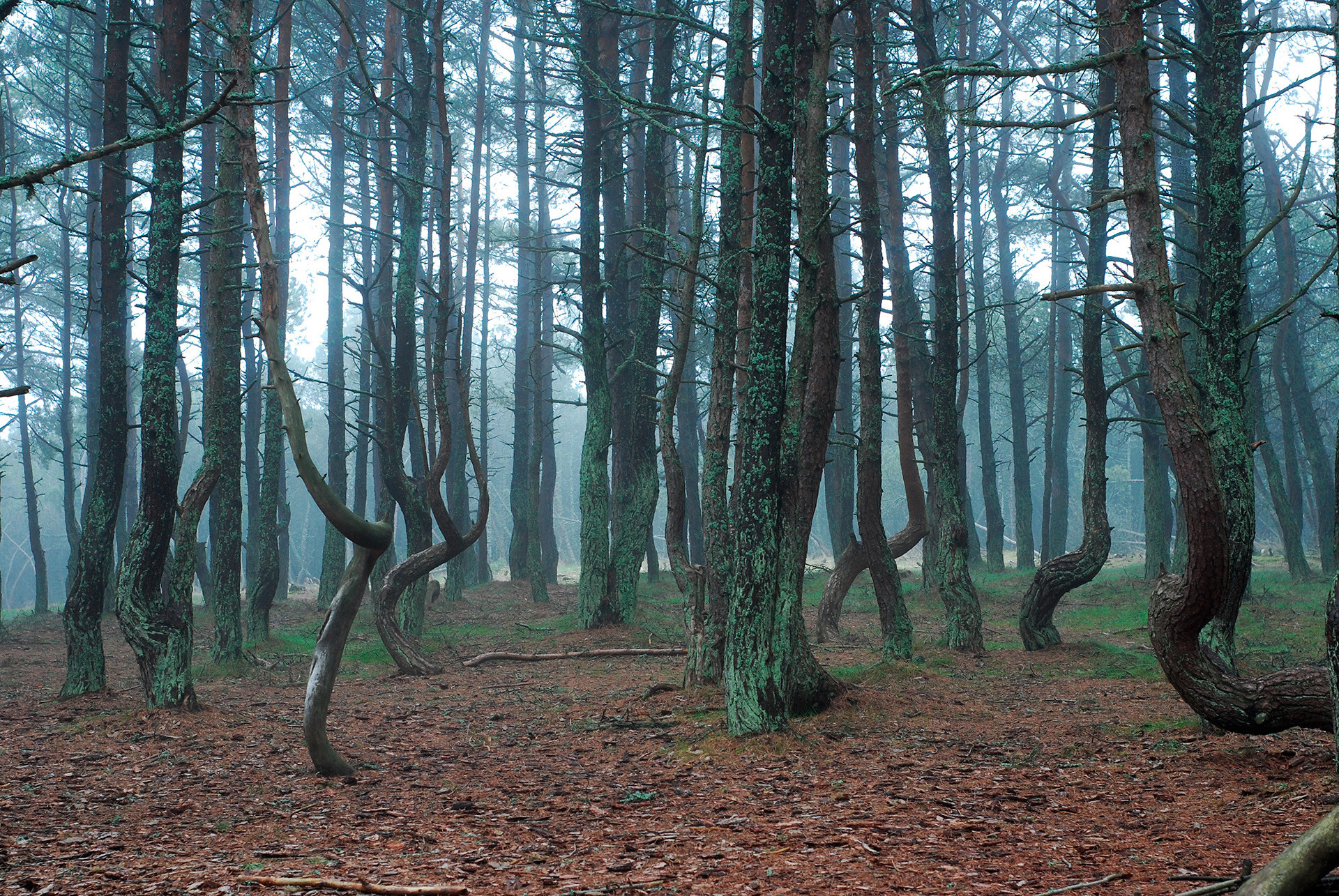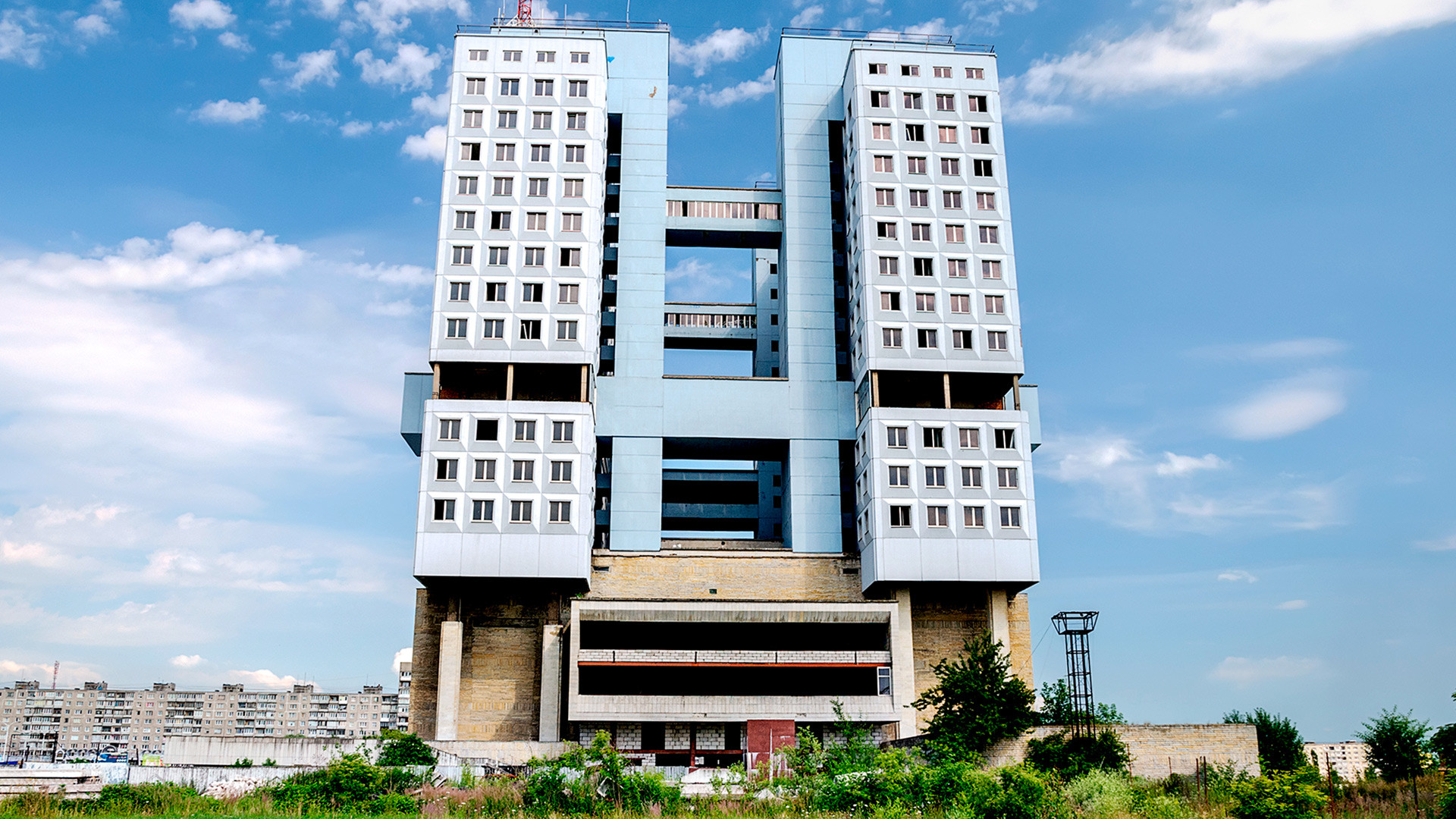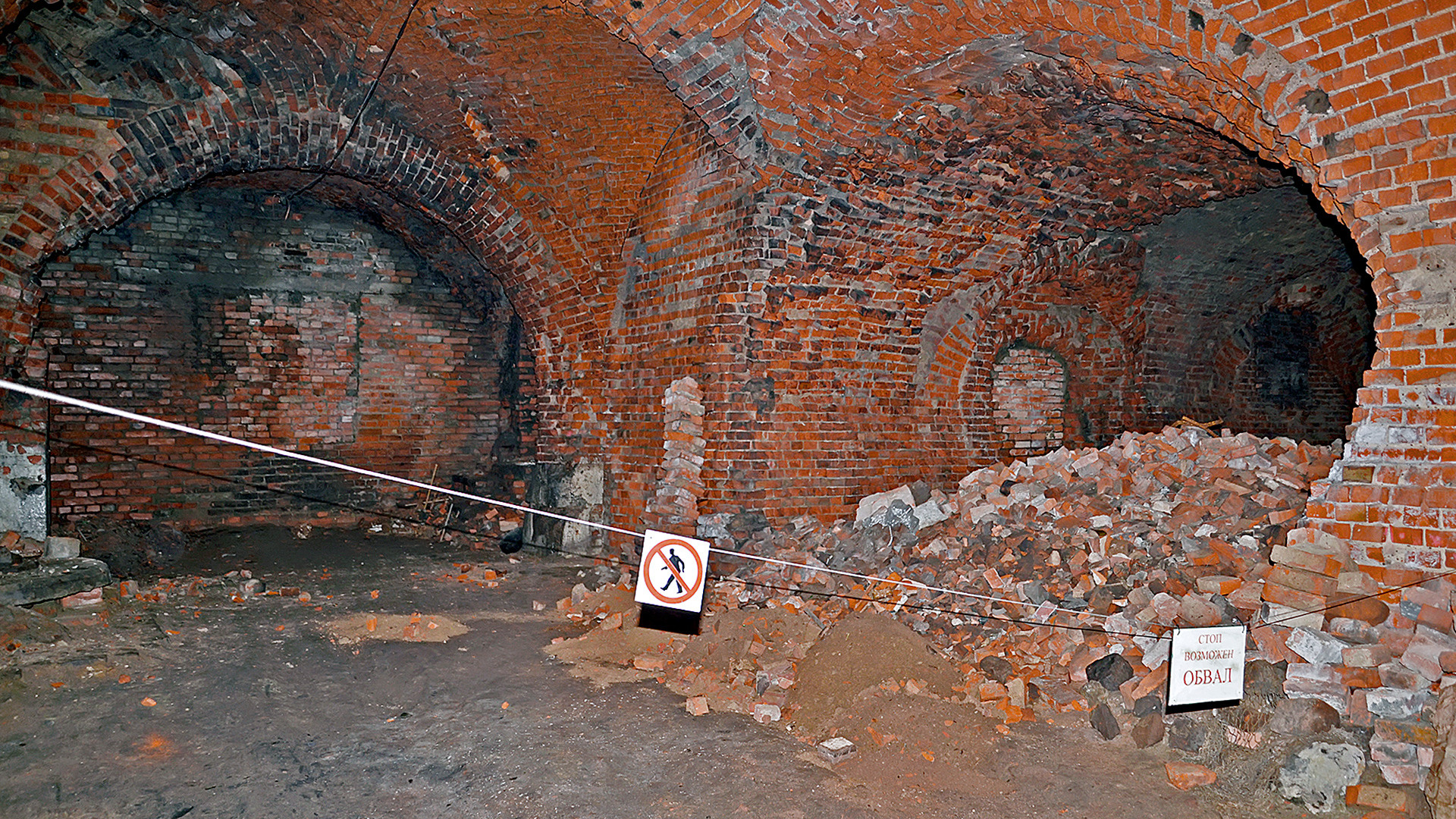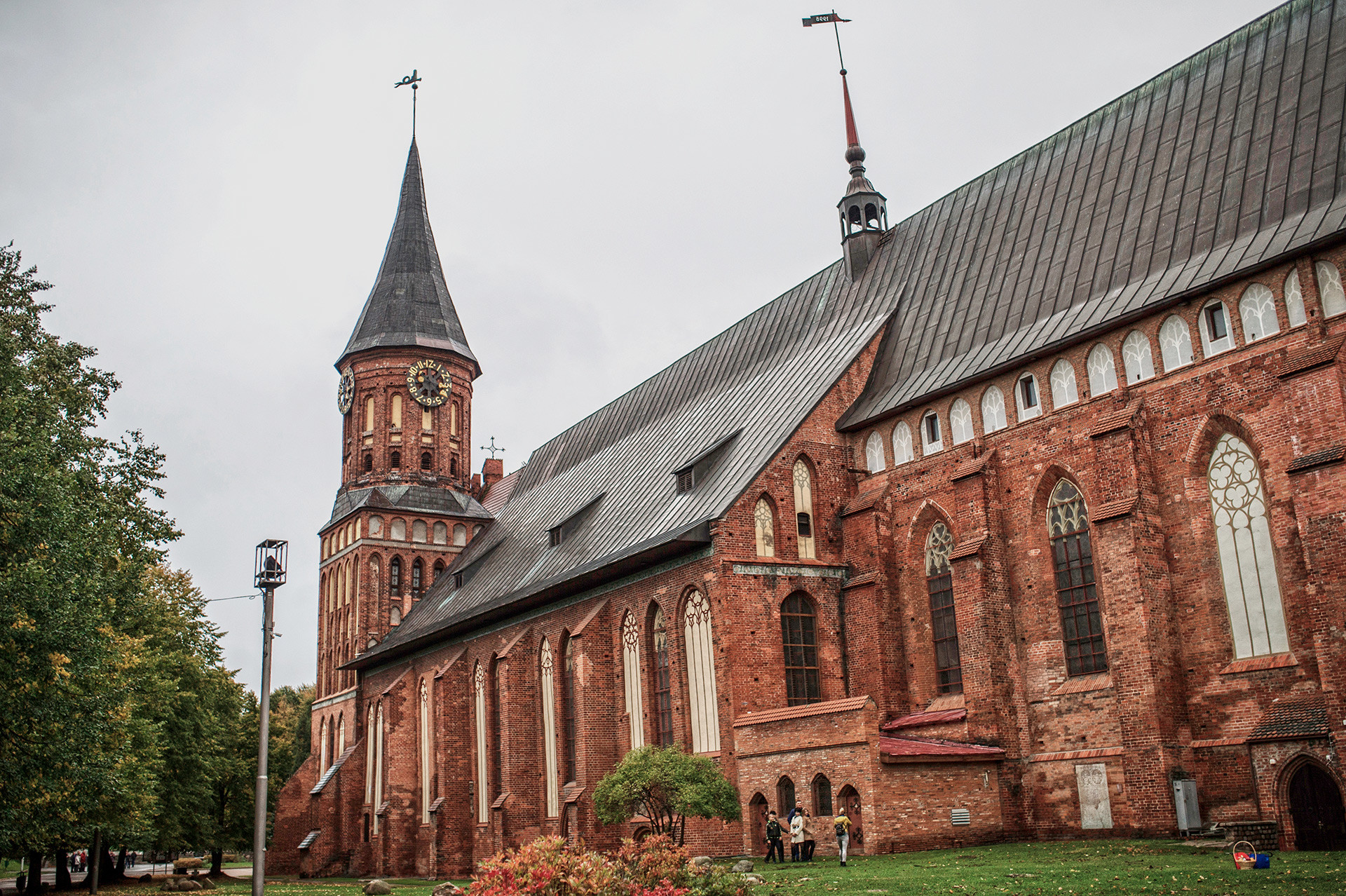Bizarre tales from the Baltic: 4 mysterious places in Kaliningrad
The ‘dancing’ forest
A forest of twisted pines grows in the Kurshskaya Kosa National Park, near Rybachi village. Planted in 1961, the trees grew unlike others – their trunks were contorted at the roots. People say this is due to the pine shoot moth, which inhabits the area. The larvae, however, don’t harm other trees because….they crawl away.

‘Dancing’ forest, Kurshskaya Kosa National Park
Legion MediaThis is the official theory. There are mystical attempts at explanations: from
The park employees carried out an experiment by planting new pine shoots, but they also came out gnarled. It’s believed that in ancient times a Prussian-Druid temple stood on this land. Legend has it that temples were erected in so-called “places of strength” – zones with
House of Soviets
This unfinished urban site stands in the city center, partly covering the spot of the Royal Castle that was demolished by the Soviets. The castle was the former residence of the Teutonic

The House of Soviets, Kaliningrad
Legion MediaThe building’s southwestern wing is on the former site of the Hall of the Order of the Black Eagle, the highest Prussian order of chivalry. Built in 1972, it’s an attractive structure and 95-percent complete. However, it was never inhabited. With time it turned into, as locals say, a “stillborn” symbol of Kaliningrad. Legend says that an ancient Prussian temple once stood here and was surrounded by an oak grove.
The structure’s mystery is that in the southwestern wing a compass arrow will flutter about, showing various directions. Witnesses say this bizarre anomaly is not observed in other parts of the building, or outside.
Secret Nazi laboratory
Not far from the Council House, by the Lower Pond, once stood an important Prussian masonic lodge. The Third Reich turned it into a secret laboratory for the Ahnenerbe project, which studied occult practices.
“Hitler and his companions were fascinated by the occult and made meticulous use of ancient writings and symbols,” said local historian, Sergei Trifonov. “My photo collection has more than 80,000 master signs and runes, prints on bricks, wolf paws and children’s palms that were collected on this site.”

Ruins of Königsberg in Kaliningrad
Legion MediaThe bricks can be seen today in the Royal Gates Museum. Among the objects found at this address, known as Königsberg 13, (this figure always accompanied the city – if tallied, its founding year, 1255, produces 13), was a set of Lucifer’s prints, a child’s postmortem mask and Ludwig’s nails, which were hammered into the forehead of a deceased person who had secret information while alive.
The Pregel mermaids and Kneiphof Island
The city’s main body of water is Pregel River, which winds around the islands, and according to

Königsberg Cathedral
Evgenya Novozhenina/RIA NovostiToday, stories about mermaids are given secondary importance, and people on Kneiphof Island are now afraid of ghosts. In November 2008, the crew from the once popular TV program, “It can’t be,” spent a few days hunting for a ghost that the cathedral guards had complained about and which allegedly was recorded by surveillance cameras.
If using any of Russia Beyond's content, partly or in full, always provide an active hyperlink to the original material.
Subscribe
to our newsletter!
Get the week's best stories straight to your inbox